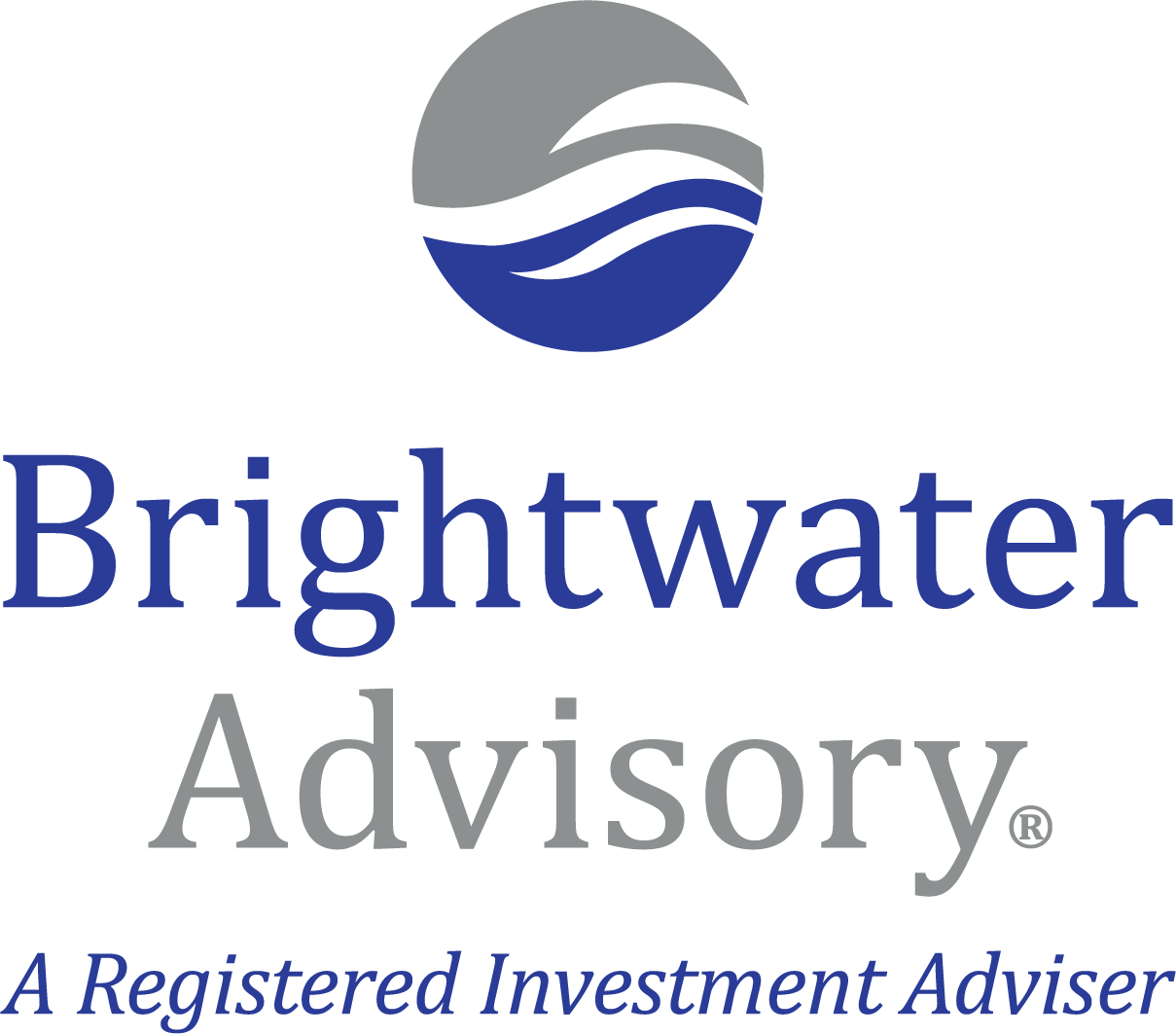June 28, 2022
We sent the following note to clients on June 17th.
Stocks* are down since the beginning of the year (another 6% since my note in early May to put their decline from their peak at 23%, which is the average selloff for US stocks over time in non-recessionary environments, Ned Davis Research), but the primary market news is that interest rates are up substantially.
Interest rates are still low by historical standards, but in October a 5-year US treasury bond was paying ~0%, then in February, ~1%, then in May, ~2% and now this month we are seeing ~3%. While the Federal Reserve started increasing interest rates in March, the bond market is signaling that it thinks they need to continue to raise rates.
I think most anyway you look at it, interest rates above ~0 % are a good thing, but the rapid rise has been a big factor for the stock market to reassess, along with the high inflation numbers showing up from supply chain issues and the shocking amount of money pushed into the real economy during the COVID lockdowns.
In the context of inflation concerns and these rising interest rates, the Federal Reserve, led by Chairman Jerome Powell, has a dual mandate including 1) Price stability and 2) Maximum sustainable employment. Therefore, the challenge for the Fed is to try to “cool” the economy to fight inflation (stable prices) without triggering a recession (possibly raising unemployment) or, worse yet, stagflation which is declining economic output and rising job losses plus rising prices for things like food and gas.
Regarding stocks, it is worth observing how rapidly the post-Covid euphoria for the technology sector and “stay at home / work from home” stocks have reversed (we structure the stock portion to be diversified, but have leaned away from the concentrated technology sector, in favor of other areas that are at least relatively attractive from a valuation standpoint, if not downright undervalued, like the energy and materials sectors).
Needless to say, negative sentiment and declining stock prices can create a feedback loop and these gyrations can amplify each other and be difficult to stomach when watching markets too closely and keeping the news on in the background too much (I suggest peeking periodically, like quarterly vs. daily and reading books vs. watching nightly news).
Stocks are a logically sensitive asset class and they are working through this turbulence which we have not seen since 2011, excluding the “Covid Crash” of 2020. I do not know where the market low will be, but a decent amount of risk has been wrung out of the market, particularly in the speculative sectors.
Extending patience in an environment like today (when many participants are forcibly selling in down markets due to leverage, excess risk-taking or psychological/emotional stress) is an asset. We employ a flexible and patient approach to the uncertainty of the future.
Regarding the economy — I remain constructive on the economy and our focus is on holding or adding to a portfolio of fairly valued stocks during this period vs. selling them. We are not economists, but our key sources (Ned Davis Research and First Trust) lead me to view the economy as noisy, but actually doing okay.
Unemployment and consumer debt service are relatively low, inventories are being rebuilt, and supply chain issues continue to resolve. As a result, I expect fairly valued and undervalued areas of markets to work out fine in the coming years.
What we have been doing is to finally begin re-building a ~3 year bond “ladder” in US treasuries. Individual bonds came due throughout 2020 and 2021, but with interest rates at rock bottom levels, we erred even more conservatively by reinvesting in money market funds and short term treasury bills that came due in February and again in May. We are about halfway done with this process.
If interest rates come back down for some reason, then we have locked in a market rate, but if rates rise dramatically more over the next one – two years, then we will be able to reinvest maturing bonds into higher rates at that time.
We have also transitioned about 1/3 of the money in alternative, trend following strategies during May. Specifically, that “sleeve” is up during this down period for stocks and bonds, as it gradually oriented itself around inflationary themes, like energy, throughout last year. The thesis for allocating a minor portion of stock money to alternatives has been that large US stocks have been over-valued and ideally they would serve as a buffer during a down period in stocks. As stocks go lower, there is less of a need to employ this approach going forward. The proceeds from these sales went into a broadly diversified “cap weighted” stock index fund.
The word to keep in mind here is “flexibility.”
Our Process – a Reminder
We have historically and will continue to employ a portfolio approach that is less dependent on any one sector, has comparable earnings expectations to the broad market and is priced today at a more attractive valuation (even after recent declines in “large growth” / tech). A fairly valued stock portfolio does not mean it will not be tested from time to time, as stock markets broadly are down, but we are trying to take what I call “respectful risk.”
We employ –
- Portfolio allocation that fits with where your needs are;
- Invest the bond portion in risk free treasuries, CDs and money funds for stability;
- Invest the stock portion primarily in a diversified manner that leans toward areas of value that are ultimately priced to grow at some point in the future;
- Re-balance periodically to either reduce stocks when they have grown too far above your target allocation or to add to stocks if they have come down too much below your target.
- Substitute a minor portion of the stock money for alternative, trend following strategies.
This simple, yet methodical approach is designed to ultimately keep pace with inflation, and then some over time, and allows us to take the environment one step at a time.
Please respond if you would like to find a slot to talk specifically, but with all the cross currents right now, I wanted to at least share some updated perspective.
Best,
David
David Maddux
CEO & Chief Investment Officer
david.maddux@brightwateradvisory.com
813.251.6310 x1
813.760.2853 cell
*both the S&P 500 US large company stock proxy and the All Cap World Index-ACWI, which is a global stock proxy.
Brightwater Advisory, LLC is an SEC registered investment adviser* with its principal place of business in Tampa, Florida. This letter contains general information pertaining to our advisory services. The information is not suitable for everyone and should not be construed as personalized investment advice. This letter contains certain forward‐looking statements (which may be signaled by words such as “believe,” “expect” or “anticipate”) which indicate future possibilities. Due to known and unknown risks, other uncertainties and factors, actual results may differ materially from the expectations portrayed in such forward‐looking statements. There is no guarantee that the views and opinions expressed in this note will come to pass.
Investing involves risk, including risk of loss, which an investor must be prepared to bear. We manage investments based upon factors which may include, but are not limited to, a client’s investment time horizon, income, net worth, attitude toward risk and investment knowledge. Therefore, it is important for clients to inform us promptly if there is a substantive change to his or her risk capacity, including financial situation. In addition, if goals and objectives have changed, please let us know immediately. Indices are unmanaged. Any reference to a market index is included for illustrative purposes only as it is not possible to directly invest in an index.
For additional information about us, please request our disclosure brochure as set forth on Form ADV using the contact information set forth herein, or refer to the Investment Adviser Public Disclosure web site.
*Registration as an investment adviser does not imply any level of skill or training.







